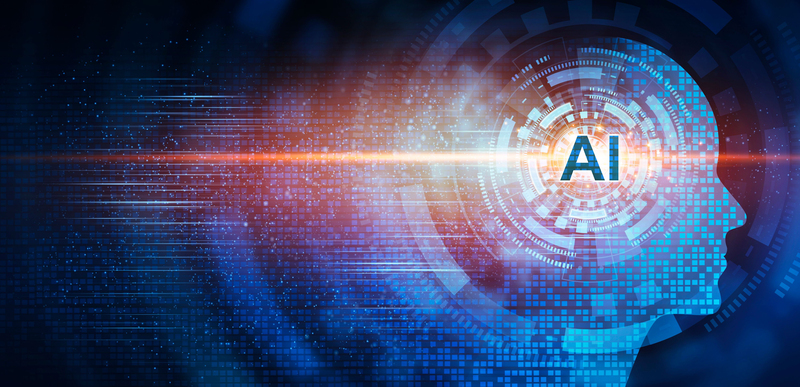
AI, or Artificial Intelligence, refers to a form of computation in which a computer imitates human cognitive functions. AI enables computer systems to imitate the human process of learning new information and making judgments for decision-making using mathematics and logic. Additionally, through experience accumulation and continuous correction of computation and logic, AI adapts to the changes in inputs to output more accurate responses. In other words, AI improves its problem-solving capability through continuous learning to help people accomplish some tasks more effectively. Moreover, it runs faster than the human brain and can avoid human-induced negligence.
Big data is a traditional form of computation. It helps users dig up their needs from high-volume data sets (both structured and unstructured) and thereby get insights. However, big data excels only in data search and cannot take further actions based on the findings.
Overall, big data can help businesses to explore valuable insights from high-volume data sets to change the development directions of various types of business.
Machine learning, or ML, is a type of AI. It emphasizes coaching computer systems to learn from data and to make continuous improvements through experience accumulation, instead of running defined program codes as a routine.
ML trains an algorithm to explore the relations and models of big data sets to make optimal decisions and predictions according to analysis results. In general, ML applications can continuously optimize model accuracy after accessing increasing data and continuous adjustment and evolution of analysis experience.
Machine learning, in-depth learning, and various components of neural networks are all areas derived from AI. Speaking of the differences between AI and ML, AI can analyze data and make decisions and predictions, while a ML algorithm enables AI to both process data and also learn with data and output more accurate learning results through additional programming. These indicate the complementary relationship between AI and ML.
In terms of AI’s development characteristics, AI forms knowledge with valuable information from high-volume data sets. Prospectively, a close combination of big data technology and AI technology is expected to empower computer systems with reasoning, inference, discovery, and decision-making capabilities to further acquire knowledge with more accurate and richer contents from data.
Both AI and ML can help businesses explore valuable insights from unstructured and structured data sources and accelerate quality decision-making with such insights.
Furthermore, ML helps businesses improve data integrity and uses AI to reduce the probability of errors. This shows that the combination of ML and AI can output better decisions and help businesses enhance operational efficiency.
The advantages of big data are similar to that of AI and ML. Big data supports the analysis of varied, high-volume data from multiple sources to make clearer judgments and develop more successful strategies. It also helps businesses enhance business process efficiency to realize cost reduction or capture customer needs and behavior more accurately to adjust and optimize product development strategies.
Despite the number of differences between AI and big data, as AI still needs data to develop intelligence, the close collaboration between AI and big data will not be a problem.
Because ML also needs training models, high-volume data is a prerequisite. ML even needs more structured, more highly-integrated data to facilitate more efficient identification of available models from data. Hence, big data technology can become a perfect data preprocessor to help back-end ML produce greater value.

The manufacturing industries can apply big data and ML to defect inspection, predictive maintenance, industry safety inspection, virtual measurement, modern supply chain, and other areas to significantly enhance operational efficiency.
The financial industry can apply big data and AI to achieve fraud detection, risk prediction, and make financial recommendations for customers more actively, thereby enhancing customer loyalty.
Through the smart use of big data and ML, retailers can enrich customer experience through the recommendation engine and enhance the operating efficiency of logistics through stock optimization.
Big data and ML are very important to transportation. They help transportation providers predict and analyze traffic and calculate the best transportation route to enhance operational efficiency and eliminate unnecessary costs.
Hospitals can enhance image processing efficiency and accuracy with big data and ML to improve the performance of focus detection and DNA sequencing and analysis of illnesses.